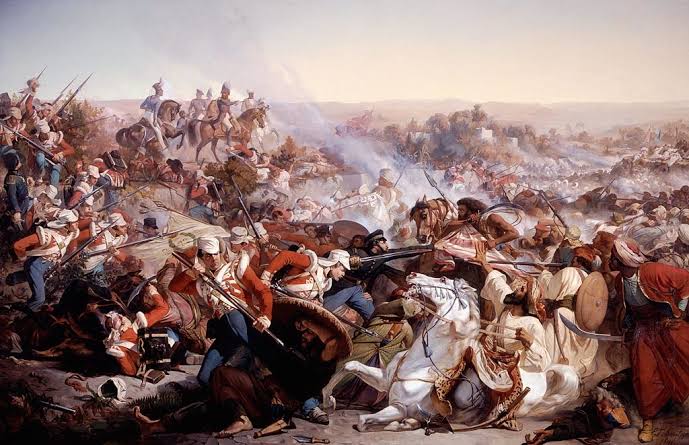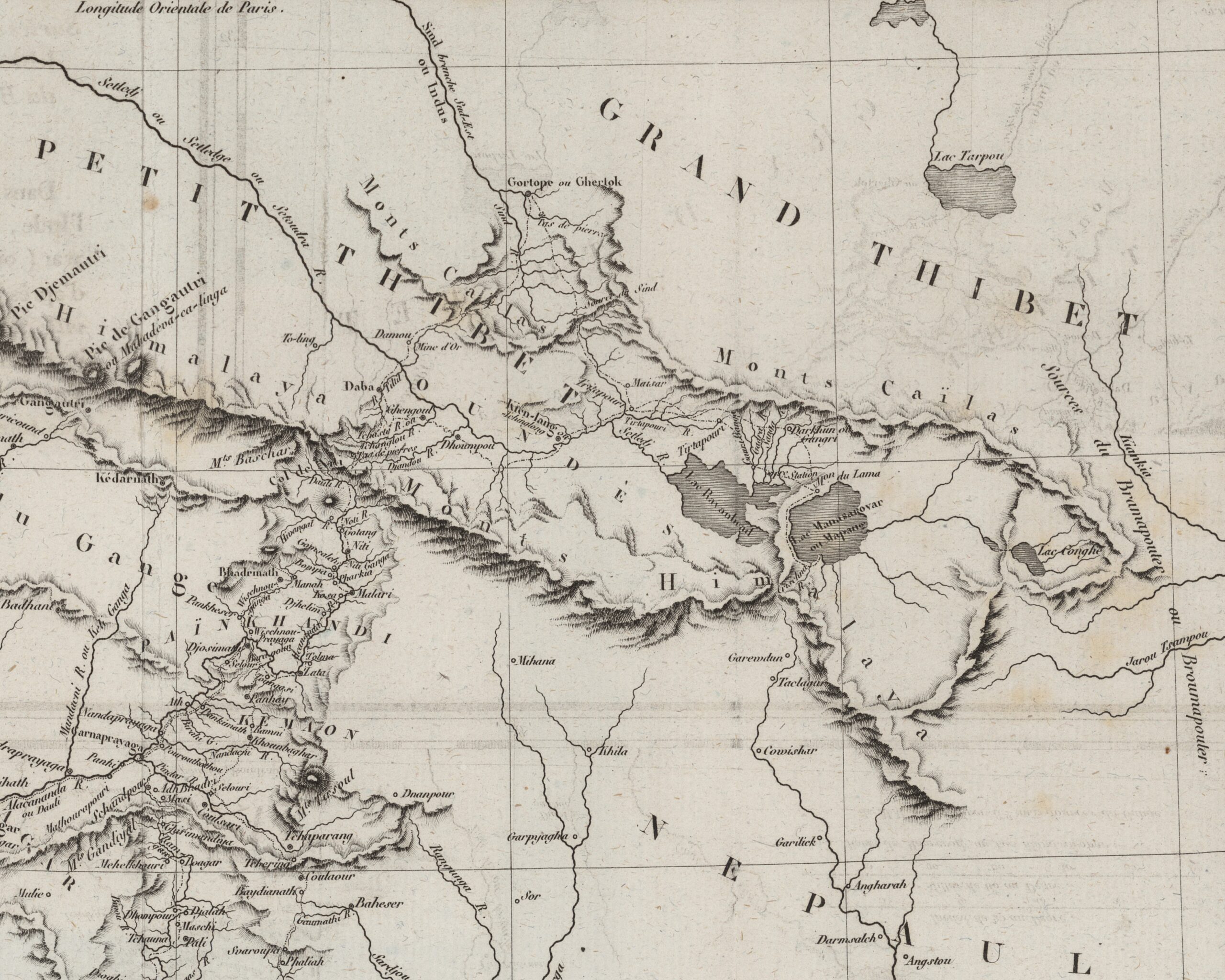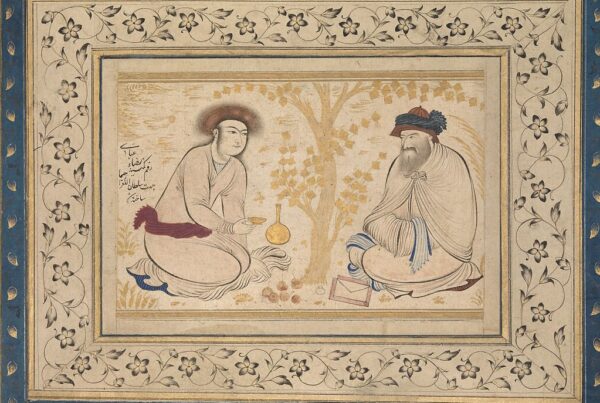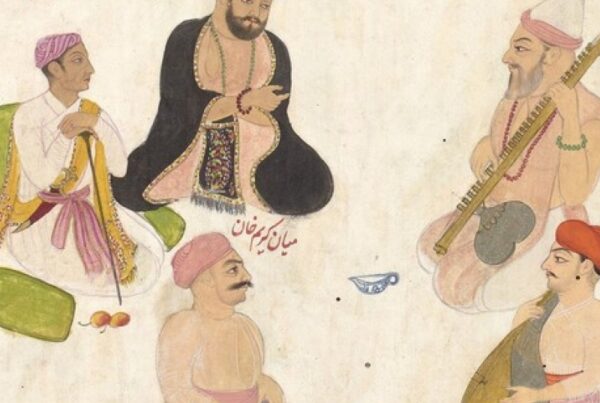The month of February each year commemorates one of the most brutal misadventures of European colonisers in modern Pakistan. A highly significant yet forgotten portion of the annal’s of Pakistan’s history, I believe on its 466th anniversary, it should be remembered.
Of the Portuguese sack of Thatta.
Sindh of the 16th Century
In 1556, the Portuguese showed up in Sindh in order to influence what was a brewing civil war between multiple parties trying to gain the best of a situation which placed the older rulers in a spot of extreme weakness. Unfortunately for all parties involved, during their own infighting they allowed for one of Sindh’s most illustrious cities to be completely defenceless and open to the molesting will of the Europeans.
Though before one would understand how all this transpired, one needs to grasp Sindh’s political outlook in that era. The year 1555 saw much turbulence in Sindh. An extremely weakened Arghun dynasty saw its realm being divided between multiple parties of which one party were the Tarkhans, distant cousins to the Turco-Mongol Arghun overlords of Sindh. The parties involved were independently led by Sultan Mahmud, Isa Tarkhan and the old Arghun nobles.
Contact with the Portuguese
As the infighting between the parties worsened, help was needed by the Tarkhans. In these circumstances Isa Tarkhan viewed towards external help and situation could only lead him towards what was then one of the most formidable naval forces in the region: the Portuguese. The Tarkhan sovereign sent an ambassador to the Franscisco Baretto who was the governor of the Portuguese establishment of India and sought his help in return for friendship and commercial cooperation. The request was accepted and a force of 700 men and 28 ships of the Portuguese were dispatched to Sindh under the leadership of Pero Baretto Rolim.
As the Portuguese forces made their lo my trip to Sindh, upon their arrival they discovered that their host was too busy up with matters in the north of Sindh and was completely unresponsive to both the general Portuguese endeavours for contact and the Portuguese instructions for the war’s remainder. As days passed, tensions grew and the frustrated Portuguese inched closer to Sindh’s metropolis: Thatta.
The Sack of the City
The city of Thatta was a jewel of Sindh. It was one of the largest and most important cities of the region both on a historic and cultural basis and also one of the most important commercial hubs of the north west of South Asia acting as a fountain for a good part of the trade which transpired in the Arabian Sea in that era. But it was not to remain so for too long, as the Portuguese drew close and found it not only open to their forces but also open to their molestation.
Though some historians consider the nature of colonisers as the sole reason of the commencement of hostilities, others write of some ‘unfortunate incident’ which occurred for fighting to begin. Either way due to one reason or the other, severe fighting began between Sindhi locals and the fierce Portuguese army. Though of course the former were no match for the latter. The Europeans completely destroyed most of the city and sacked and looted whatsoever they could find, taking with themselves a booty which was one of the largest ever taken from Asia at the time. A total estimate of that era states that atleast 8000 innocents were brutally slaughtered in the city alone. Though that still didn’t quench their thirst for blood for every village and settlement that came before the retreating Portuguese on their way back to the sea met the same fate until the completely departed from Sindh.
Though Thatta would recover and would flourish once again in the coming centuries, it is imperative for us to remember such small parts of our country’s history which had large affects on our areas in their own eras. The 1556 sack of Thatta was one such example and I’m sure we can find many more examples and many more instances of people who we should honour for challenging the will of oppressors.
References
History of Sindh – S. Z. Lari
Maritime Asia: Profit Maximisation, Ethics and Trade Structure C. 1300-1800 – R. Ptak





Lovely piece of our history.we need more such discoveries.